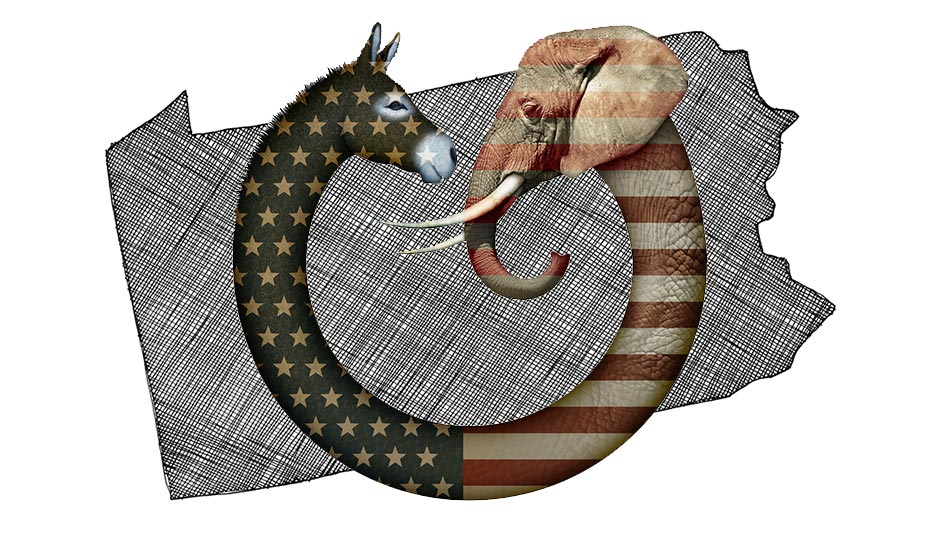Pennsylvania Says Mistakes Were Made in Party-Switching Data

Photo illustration source images via iStockphoto/JimLarkin/Stacey Walker
If you’ve been feeling confused about the ongoing presidential race, don’t feel bad, because the Commonwealth of Pennsylvania is confused as well.
Last week, state election officials reported that some 245,000 Pennsylvanians had opted to change political parties between January 1st and the deadline last week of March 28th.
Thanks to the backward way that things work in Pennsylvania, the primary is closed (most states do not have closed primaries), meaning you must vote within your party in the primary. So, if you are a Democrat, you cannot vote for — or against — Donald Trump. And 245,000 Pennsylvanians suddenly deciding to change their parties in less than three months? That’s a lot. Only it turns out that it wasn’t quite that big of a number.
Pennsylvania’s Department of State now says that the numbers it released last week were incorrect, chalking the mistake up to human error. According to Department of State spokesperson Wanda Murren, the contractor that the state uses to come up with the data made a mistake, accidentally including some party switchers from 2015. “Basically, the reset button hadn’t been pressed on January 1st,” she explains.
Murren says that once the state released its figures last week, breaking the party-switching down by county, one county on the list complained that the state had reported more 2016 party switchers in that county than there actually were. And then another county called with the same concern.
So just how far off was the information? By quite a bit.
While the state declared that 245,000 registered voters changed parties since the beginning of the year, it turns out that about 159,000 did so.
Those 159,000 registered voters break down as follows: 60,222 changed to Democrat, 89,234 to Republican, and 9,573 to “other” parties. (Commies!) It may seem to some like a small mistake, since it’s not like the overall number of switchers is wrong — just when they switched. But two years from now when someone at some foundation starts analyzing registration data and finds glaring inconsistencies, suddenly we’ve got a “conspiracy” on our hands.
Follow @VictorFiorillo on Twitter.


